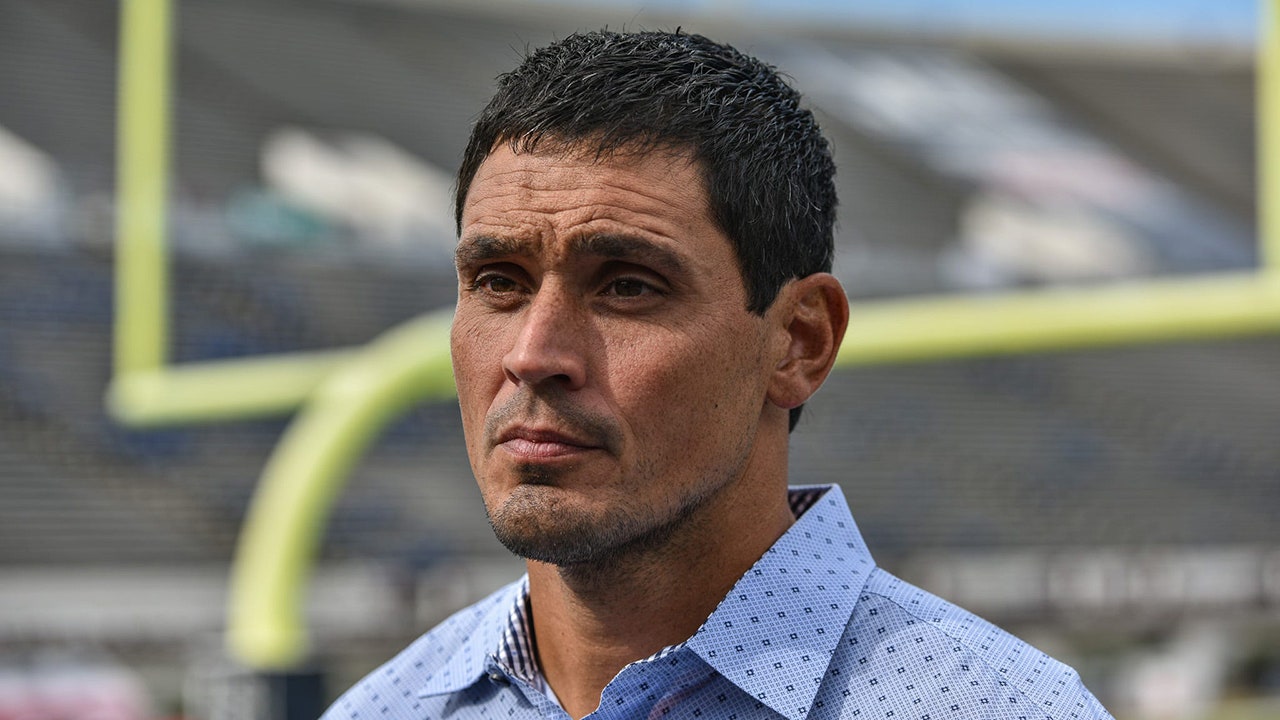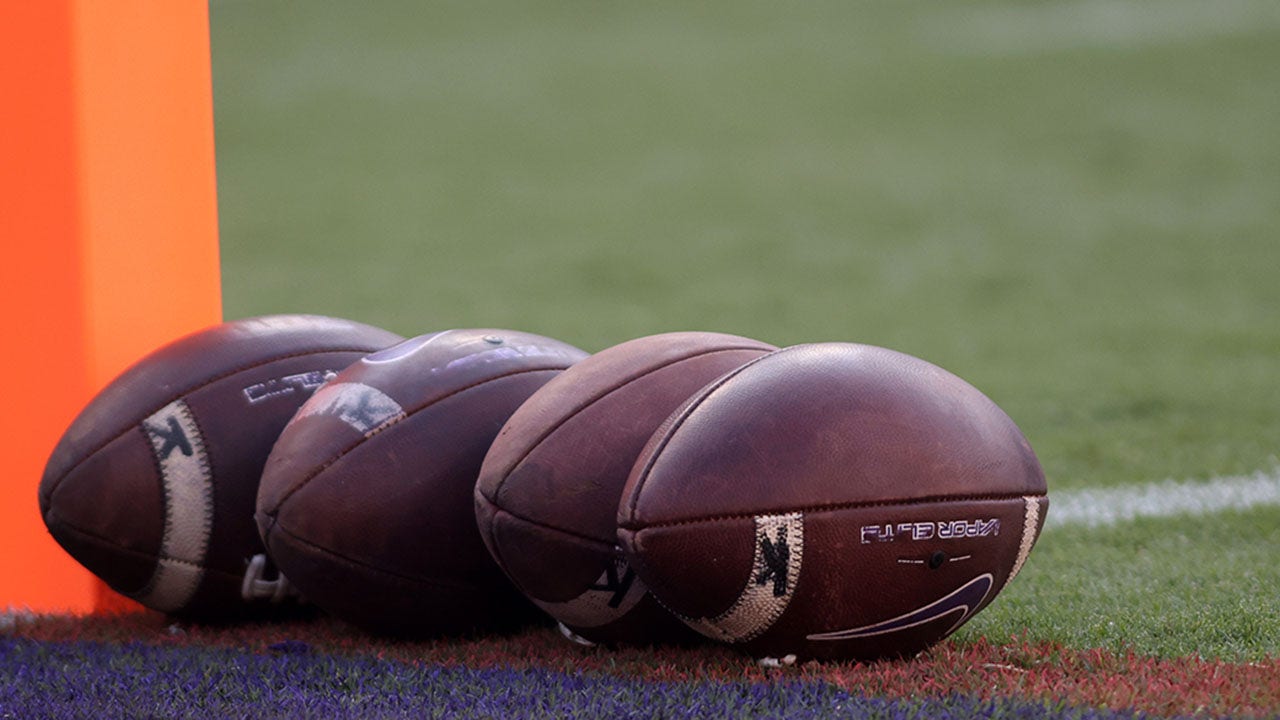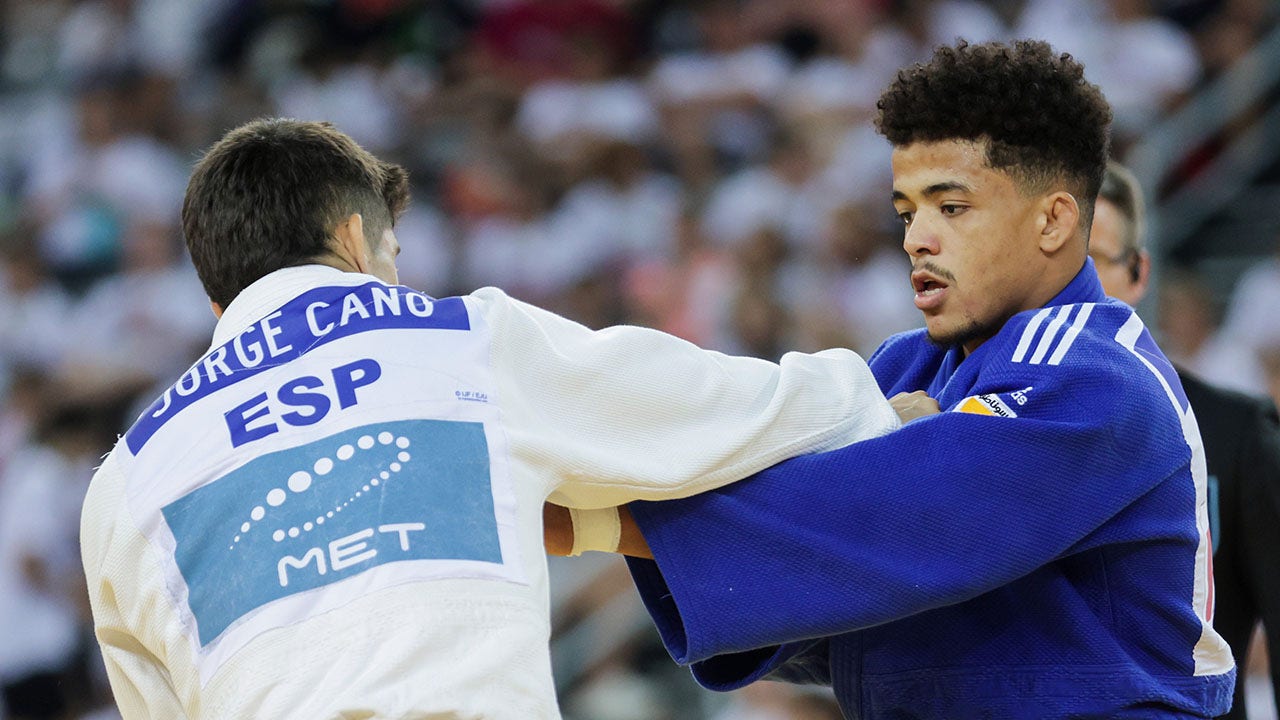Welcome to the Monday Tennis Briefing, where The Athletic will explain the story behind the stories from the last week on court.
This week, the coveted Masters 1000 in Madrid ran its first week and the stories on court were matched by the drama off it, as the Grand Slams and tennis tours continue their beauty pageant for the future of the sport.
If you’d like more tennis coverage, please click here.
Can ‘assurances’ on player safety in Saudi Arabia ever be enough?
Daria Kasatkina, the highest ranked openly gay player in women’s tennis, was asked Sunday how she felt about the WTA opting to hold its Tour Finals for the next three years in Saudi Arabia, a country, where homosexuality is a crime that can be punished by death.
Only the top eight players qualify for the Tour Finals. Kasatkina is currently world No 11.
“Look, if I qualify, it means that I’m top eight in the world,” Kasatkina said after advancing to the round of 16 in Madrid. “It’s great news for me.”

Kasatkina has been one of the most prominent voices on Saudi Arabia’s incursion into the sport (Patrick Smith/Getty Images)
Then she took a deep breath. “We see that the Saudis, now they are very into the sport. They want to develop the sport, and as long as it gives the opportunity to the people there and the young kids and the women, too, you know, we see that sport and specifically tennis, it’s actually so close so that they can watch it. They can play, they can participate in this, I think it’s great.”
Asked how she thinks the environment would be for gay players and those in same sex relationships as she is, and whether she has received assurances about being able to perhaps, share a room with a partner, Ksatkina once more paused pensively.“I’ve been given assurances that I’m going to be fine,” she said.
Does it matter if Aryna Sabalenka wants to watch men’s tennis?
Sabalenka caused a bit of a stir last week when she told a Spanish media outlet that she doesn’t watch much women’s tennis and prefers the men’s game, saying it was more interesting. That wasn’t the kind of buzz the women’s tour is looking for from its top players.
Sabalenka clarified those comments after winning her first match in Madrid, explaining that sitting down to watch her opponents isn’t how she prefers to spend her free time.
“I play against all of them, and I just want to change the picture, and because I watch lots of women’s tennis before I go to the match, I watch my opponents, I watch lots of women’s tennis,” she said. “It’s not like I don’t like it or I try to offend what I do. I was trying to say that because I’m playing there and it’s too much for me, I’m trying to watch men’s tennis. It’s more fun than watching probably my future opponents in the tournament.”
A perfectly understandable explanation. Tennis, and watching it, is work for the top players in the world, men and women. Baseball players don’t watch much baseball in their free time.
(Full disclosure, this can be true for tennis writers, as well.)
It’s a sensitive topic around the tour, especially because it wasn’t long ago that Amelie Mauresmo, the French Open tournament director and a former world No 1, described men’s tennis as more appealing to justify her decision to let men dominate the tournament’s nightly featured match.

Expecting women’s tennis players to be sole defenders of their sport is not realistic (Martin Keep/AFP via Getty Images)
Women have enough of a problem with men degrading their sport. Fairly or unfairly — probably the latter — that forces them to be extra careful when talking about their favorite versions of the sport. No one gets on Daniil Medvedev or any other male player when they fess up to not watching their sport unless they are in the middle of a tournament.

GO DEEPER
Listening to women: The slow rise of female tennis coaches
Has an arm injury actually helped Carlos Alcaraz?
Few things worry the tennis world more than the health and wellbeing of Carlos Alcaraz. His magical play and dynamic style have captivated tennis fans and the rest of the sports-consuming public. He is one of those players who comes along not so often and transcends the game, providing an opportunity for tennis to break through the morass.
He also gets hurt a lot, and has missed some medium-sized chunks of his early seasons as a professional that have cost him a chance to play in important tournaments — the ATP Tour Finals in 2022 and the Australian Open in 2023 top that list.

GO DEEPER
Carlos Alcaraz is making magic again. Watch out.
So it was a little alarming when Alcaraz pulled out of Monte Carlo and Barcelona this month with an injury to his forearm. Competing in Madrid was touch-and-go until his final practice the day before his first match, which he played wearing a sleeve. His performance, a near-flawless 6-2, 6-1 win over Alexander Shevchenko of Kazakhstan, eased a lot of worries, but it also showcased another side of Alcaraz, who said he never went for broke on his cannon forehand to protect his arm.
“I hit it softer than I used to, but it helped me stay relaxed,” he said. “I think more.”
The data (below) shows that Alcaraz is hitting it softer (a three-mile-per-hour difference might not seem like much, but over 78 feet, it’s a lot) and with “less quality,” but he’s still winning.
Far be it for anyone to criticize the play of a two-time Grand Slam champion at 20 years old, but if there has been a weak spot for Alcaraz, it’s his tendency to sometimes play shots rather than points — especially when under pressure — and put together a highlight reel rather than simply win by playing solid, unspectacular tennis. If there is a silver lining to this latest injury, it could be that it forces Alcaraz to become a more restrained but more effective player, still with plenty of highlights to boot.
Two bagels for you Coco, you go Coco!
Coco Gauff has done many impressive things in her tennis career, but the so-called ‘double-bagels’ are generally not her thing. She’s come close before, most recently last year in the WTA Finals against a hobbled Ons Jabeur. With Gauff, though, there’s usually a time in every match when the forehand gets wobbly or the serve goes on the skids.
Then came Madrid, and an opening-round match against Arantxa Rus of the Netherlands. Fifty-one minutes and a 51-18 point differential later, and Gauff had her first double-bagel. In her second match, against Dayana Yastremska, Gauff sprinted to a 4-0 lead and looked like she might get three in a row, but settled for a 6-4, 6-1. Breadsticks are good fuel, too.

Gauff breezed through her match (Oscar Del Pozo/AFP via Getty Images)
Gauff is as good an athlete as there is in the game and can play all night if she needs to, but every player likes to be as clinical as she can be wherever possible. If Gauff can figure out how to do that, especially in the early rounds of tournaments, the rest of the field better watch out.
Is the Billie Jean King Cup and Davis Cup crossover a good idea?
Legend of the sport Billie Jean King has long wanted a “Tennis World Cup” — and now she’s got it… sort of.
The International Tennis Federation (ITF) this week announced changes to the schedule and format of the annual event, creating a week of cross-over between the BJK Cup and the men’s equivalent, the Davis Cup, with the second semi-final and final of the women’s tournament overlapping the first two days of the men’s tournament in late November this year.
The women’s tournament has also moved to emulate the knock-out structure of its counterpart, replacing a round-robin finals with a straight shoot-out between eight of the final twelve teams. The four seeded nations — who, on current form, would be the Czech Republic and Australia, alongside 2023 winners and runners-up Canada and Italy — will receive a bye straight to the quarter-finals.
Rune and Navone have Madrid on strings
If Medvedev’s destiny is in his strings, then Holger Rune’s might be missing a weave.
During his unnecessarily up-and-down victory over rising Argentinian Mariano Navone, he came over to the umpire at 5-3 in his favor (although, a few minutes previously, it was 5-1).
“The tournament is trying to cheat me,” he said. “They missed a string on my racket.” He then pushed away a camera before repeating his complaint. It looked more like a cross-string had been mis-weaved, rather than missing an entire line.
Rune had been 5-6, 15-30 down on Navone’s serve in the second set, on the verge of exiting the tournament, before Navone tightened up to hit two yomping double faults and a backhand error that barely landed in the tramlines to give up a tiebreak. Rune surged away with it, and the next six games to go 5-1, but the racket incident destabilised him completely and he ended up needing five match points before prevailing 6-4 in a final service game that swung like a pendulum.
Stringing Navone along, perhaps.
Shots (fired) of the week
Alexander Bublik will do Alexander Bublik things whenever he wants. Roberto Carballes Baena isn’t a fan.
Lo que hace aquí Carballes Baena 🇪🇸 es para que le metan una buena sanción y no pueda pisar un torneo un buen tiempo.
Se pica porque Bublik hace el tonto ( lo hace siempre ) y a continuación busca darle un pelotazo con su saque dos veces seguidas.
Vergonzoso es poco pic.twitter.com/B7VAFtMekW
— Miguel_cmm (@Miguelcmm1) April 28, 2024
Recommended reading:
📅 Coming up
🎾 ATP:
📍Madrid, Mutua Madrid Open (1000) second week, ft. Jannik Sinner, Carlos Alcaraz, Rafael Nadal, Daniil Medvedev.
📺 UK: Sky Sports; US: Tennis Channel 💻 Tennis TV
🎾 WTA:
📍Madrid, Mutua Madrid Open (1000) second week, ft. Iga Swiatek, Aryna Sabalenka, Elena Rybakina, Coco Gauff.
📺 UK: Sky Sports; US: Tennis Channel 💻 Tennis TV
Tell us what you noticed this week in the comments as the tours continue.
(Top photos: Clive Brunskill/Julian Finney/Getty Images)






